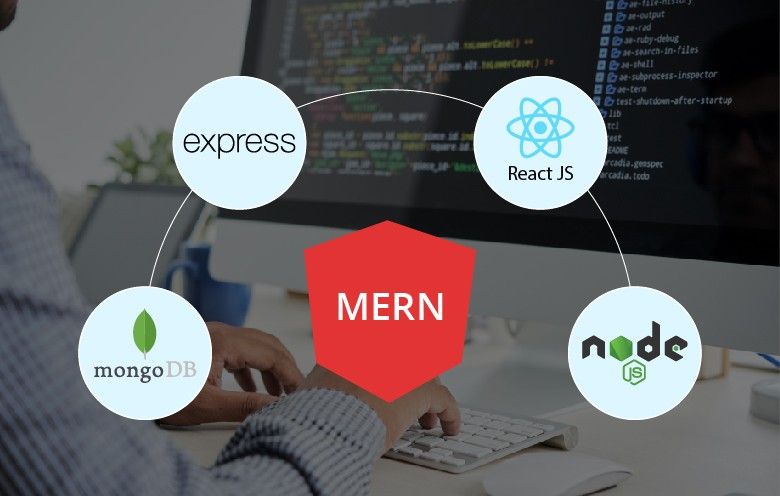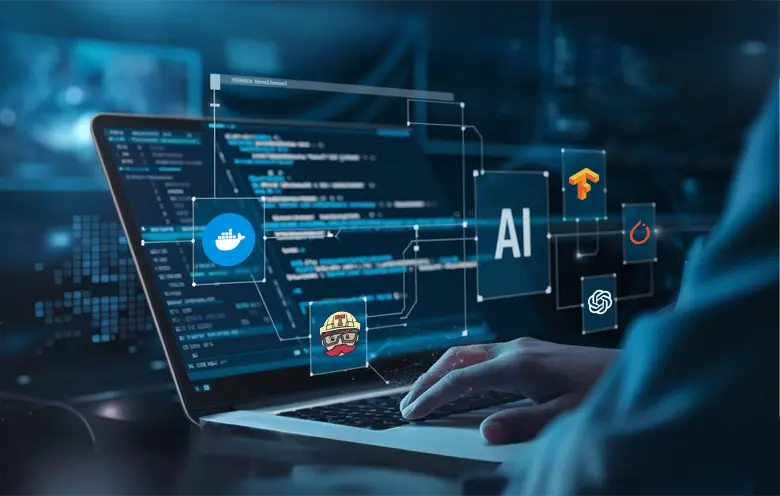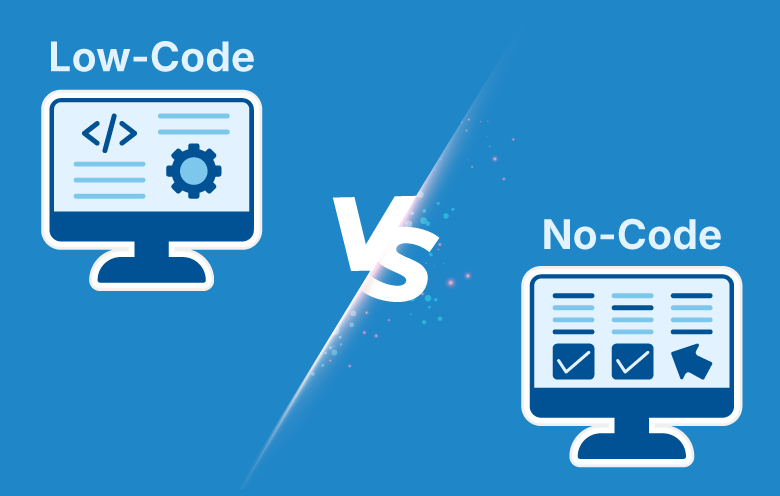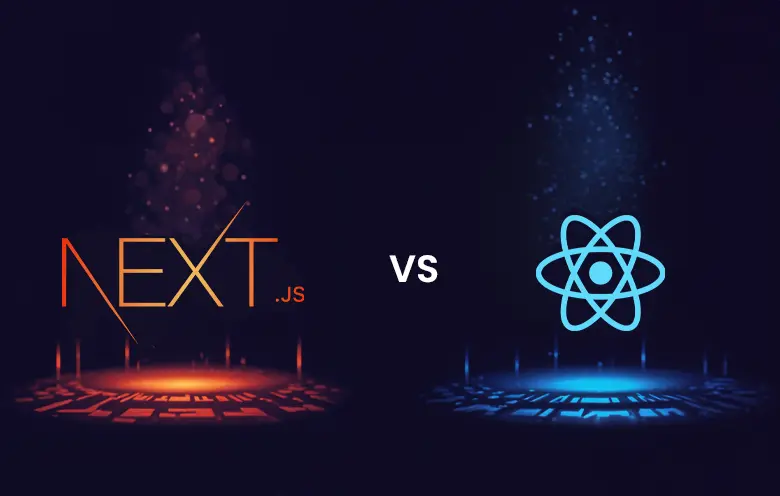The twenty-first century’s web application development scenario is entirely different than how it used to be a few years ago. Erstwhile, mobile and web apps were created using coding languages like HTML, CSS and JavaScript (JS). Today, we have a bunch of modern industry-tested server-side technologies, development frameworks and runtime environments. One such technology stack is MERN. The landscape of MERN stack applications has been growing fast for some time now.
This blog post will give you a broad overview of MERN and its application infrastructure. It will also illustrate the use cases and advantages of the MERN stack for business applications.
What is the MERN stack?
MERN is the abbreviation for MongoDB, Express.JS, ReactJS and NodeJS. It is an open-source framework utilized in developing dynamic websites and mobile apps. In other words, MERN is an assortment of four powerful technologies. The combination of these technologies is called a “stack.” The MERN stack lets modern businesses create and implement robust apps.
Furthermore, MERN utilizes JavaScript for easier and quicker full stack web app development. This easy-to-understand full stack JavaScript framework includes,
- Libraries
- Frameworks
- Databases
What are the components of the MERN stack?
The MERN stack comprises of four core components as follows:
1. React
ReactJS is a front-end JavaScript library invented by Meta for their personal use. Widely known as React, ReactJS is used to develop dynamic single-page web apps. The main objective of React is to improve the speed and performance of apps. Some of the characteristics of React are:
- One-way data binding
- Nested components
- Unidirectional reactive data flow
- Virtual document object model (DOM)
2. MongoDB
MongoDB is the most prevalent document oriented Non Structured Query Language (NoSQL) database. It uses a binary version of JSON called BSON (Binary JavaScript Object Notation) to store dynamic data. With MongoDB, you can run multiple databases simultaneously. Some of the features of MongoDB are:
- Flexible schema-less
- Self-managed
- Highly scalable
- Multi-cloud data platform
3. Node.js
Node.js is a premier web server, or you can consider it to be JavaScript outside of a browser. Developers use it mainly for developing backend API services, traditional web and mobile apps. Node.js runs on multiple platforms, including Mac OS X, Linux, Unix and Windows. Some of the features of Node.js are:
- Dynamic webpages content
- Free ASCII text file pattern
- Node package manager (NPM)
- Asynchronous, event-driven model
4. Express.js
Express.js is a flexible and clutter-free version of the Node.js framework. Programmers use it to build mobile apps, backends and moderately complex websites. Express.js is robust, asynchronous and fast. Some of the features of Express.js are:
- Single and multi-page web apps
- Content negotiation
- Pluggable and very flexible
- HTTP utility methods (Put, Get, Delete, or Post)
The architecture of the MERN stack
1. Client layer: It is the top tier of the MERN stack that represents React.js. It is accountable for creating dynamic client-side web and mobile apps. React enables you to reuse the code and handle errors efficiently. It is like a one-size-fits-all solution, helping you to manage lists, forms and events.
2. Server layer: It is the second tier of the MERN stack that consists of two components – Express.js and Node.js. It is accountable for managing HTTP requests and routing URLs. This layer acts as a bridge between the client tier and the database tier.
3. Database layer: It is the third and last tier of the MERN stack, responsible for storing your app data in MongoDB. This layer stores data in the form of a table i.e., rows and columns. You can retrieve the stored data effortlessly and efficiently.
Advantages of choosing MERN stack for modern web/mobile apps
- Quick and efficient than the traditional servers, making it apt for small apps
- More responsive to user inputs, offering a better user experience
- MVC architecture keeps the presentation details separated from the business logic
- Full stack development provides support to both frontend and backend app development
- A fast and resilient web server saves time spent on troubleshooting input/output and CPU issues
Top four use cases of the MERN stack
The primary goal of the MERN stack is to increase any application’s all-around performance. It will be especially helpful in managing large and complex projects. However, it is more suitable for the development of mobile applications. Here are some of the use cases of MERN:
1. Expense tracking apps
The MERN stack will allow you to build data-intensive expense tracker apps. It will help users to keep a record of their day-to-day expenses. Moreover, with this JS framework, you can add data visualization features like:
- Track daily expenses
- Manage tax deductions
- Trace sales and receipts
- Actual v/s budget spent
2. Remote learning apps
Another notable use case of MERN is building web-based educational apps. The COVID-19 pandemic acted as a threshold force for us to enter an era of remote learning. The online classroom apps built using MERN can have the following features:
- Monitor students’ progress
- Upload lectures with chapters
- Share documents
- In-app messaging
3. Media streaming apps
One of the prime applications of MERN is creating interactive social media forums. Using this JS framework, you can create a social media page with the following features:
- Post Sharing
- Online Advertisements
- Accumulated Web News
- Commenting and Liking
4. Web-based marketplace apps
The MERN stack is appropriate for creating digital e-commerce apps. Using this JS framework, you can create web-based marketplace apps, from elemental to advanced features, including:
- Inventory management
- Payment processing
- Social sign-up or login
- Real-time bidding
Looking ahead!
After getting into the nuts and bolts of MERN, you might wish to develop web or mobile apps with it. If you are considering embracing MERN in real-life projects, contact our experts. Our team of professionals will help you sail through the waters of MERN.



